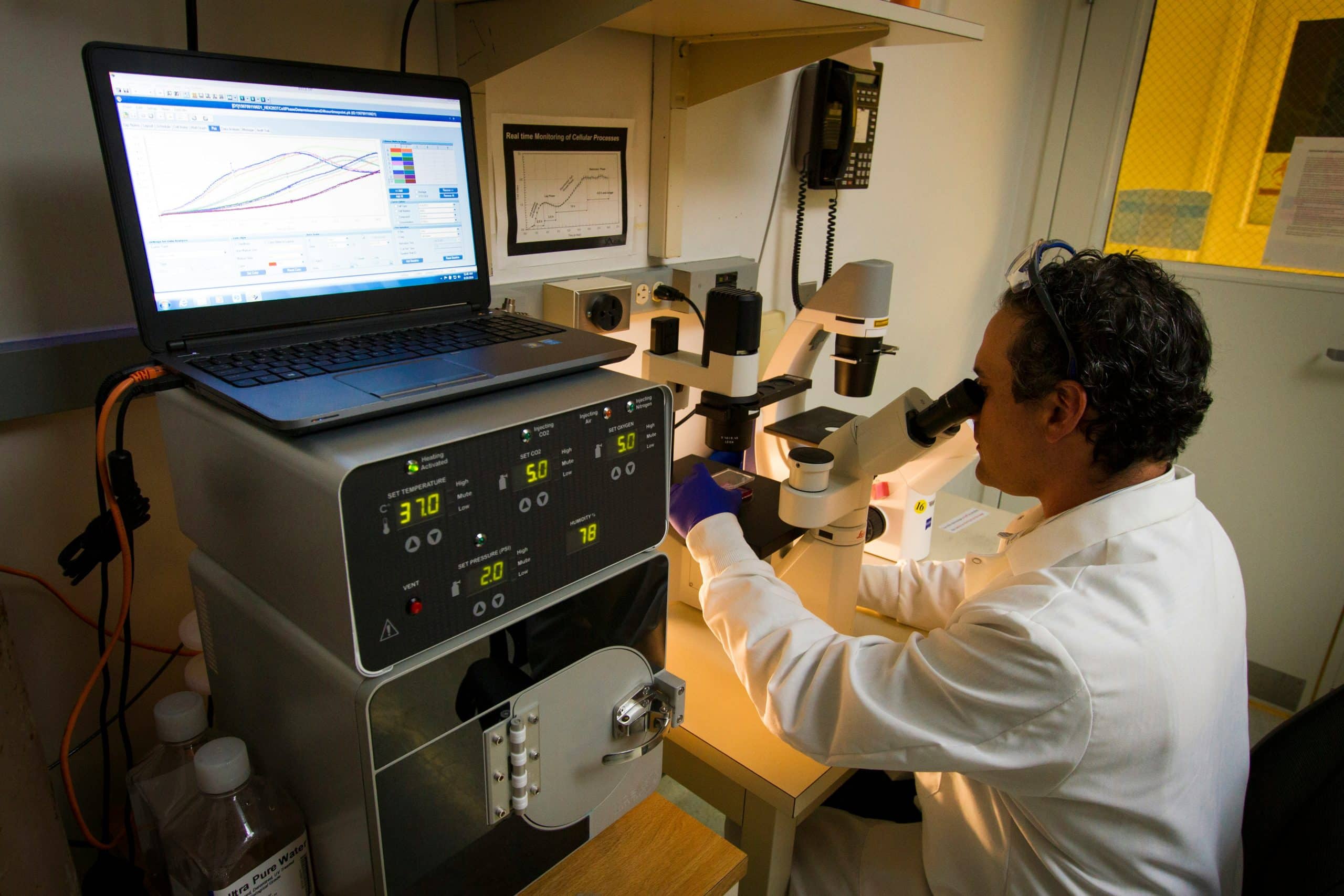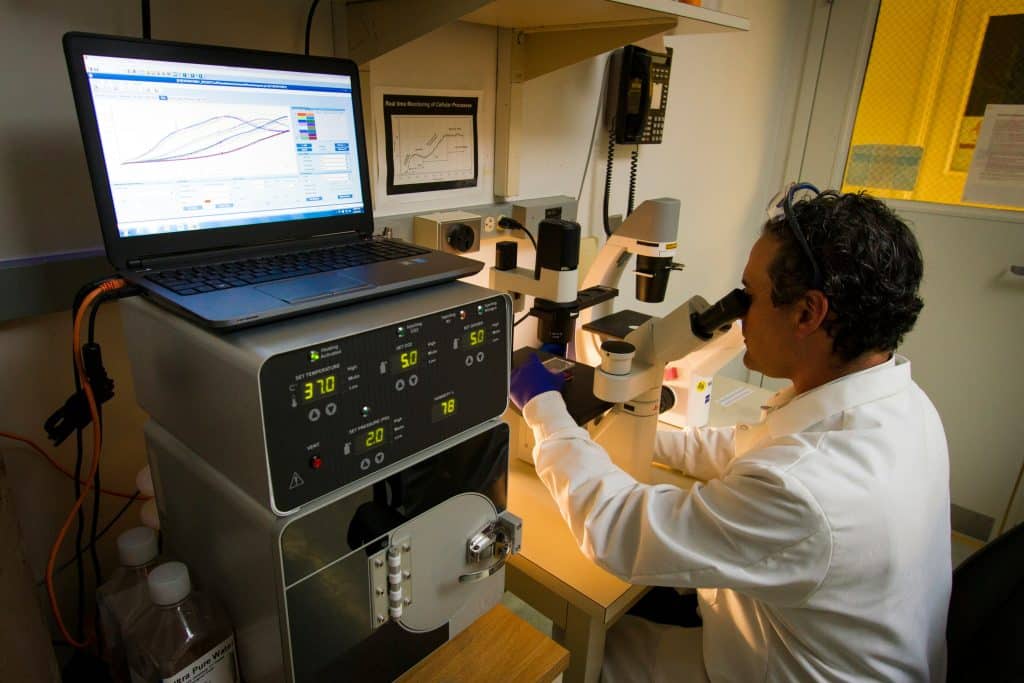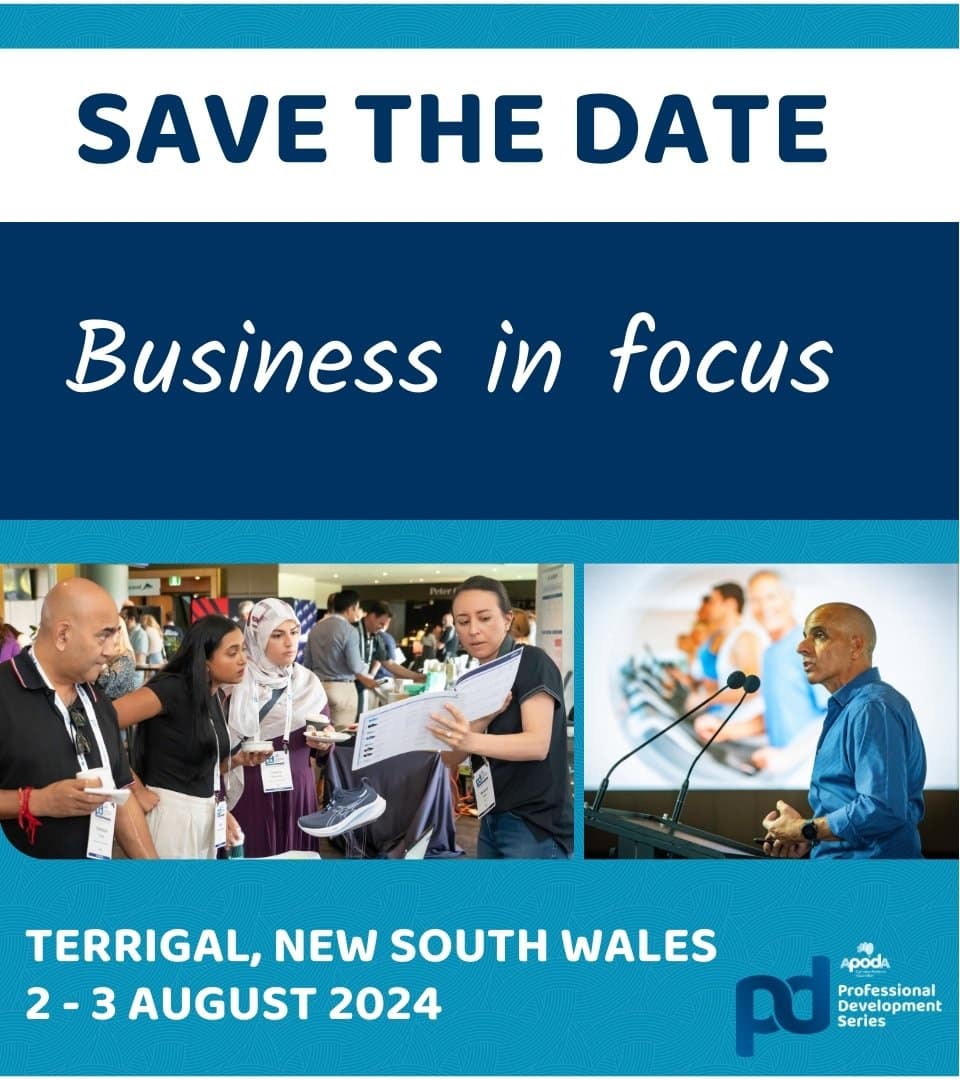
A workforce snapshot: opinion piece

After the inaugural Podiatry Workforce Summit, the Australian Podiatry Association (APodA) invited attendees and the wider podiatry community to participate in a survey. This survey presented an opportunity for podiatrists to share their opinions and suggestions on the issue of workforce shortages. The data has been collated in the updated Workforce Report, which will be soon released for APodA members.
The following opinion piece is an excerpt from the report, in which Associate Professor Caroline Robinson shares her thoughts on the current state of the podiatry workforce.
Podiatry has always had an image issue. Even back in 1979 when I enrolled at the Chelsea School of Chiropody in London, my family, friends and strangers were all puzzled by my choice of career path.
However, student enrolments were high and recruitment to podiatry programs was not a major concern for institutions. Sadly, what we have witnessed in Australia since 2015 is a steady decline in podiatry student enrolments. This is a broader issue affecting New Zealand, the UK and US but my focus in this piece is on the Australian problem.
Podiatry programs have come under increasing scrutiny from the university executive as small courses are loss-makers for an institution and podiatry is an expensive clinical course. Podiatry programs can become locked into a downward spiral as a university invests in courses which recruit well such as occupational therapy, physiotherapy, and speech pathology. A few non-podiatry champions do stand with podiatry academics and advocate but our profession is small in comparison to physiotherapy and occupational therapy, and we lack political power. The community may complain loudly about a prospective course closure but we need a far stronger and powerful collective voice to ensure state and federal governments understand the true cost of reducing the podiatry graduate pipeline, decimating podiatry services and ultimately compromising the future of the podiatry profession.
This collective voice has been absent or at best, poorly coordinated. All stakeholders need to accept the challenge to reverse the trend and increase podiatry student enrolments.
University course teams must engage with community and industry partners to design podiatry programs which are accessible to prospective students at different life stages, with diverse needs. If we are to succeed in increasing podiatry student enrolments, we cannot expect people with family and work commitments to re-locate to another part of the country for study or rely on the finite pool of high school students who typically consider feet to be gross!
University marketing teams focus on selling the ‘brand’ and it’s left to the small teams of podiatry academic and clinical staff to promote our programs. But it’s no use leaving it up to high school students to select the ‘podiatry’ session when they have no knowledge of what a podiatrist does, or the career pathways available to them. Educating school careers advisors and teachers about podiatry is worthwhile effort but this can be undone easily if a student’s family or friends convince them to choose another pathway.
All podiatrists have the opportunity each day to challenge those who perpetuate the stereotype of podiatry as ‘foot care’. Practitioners also have a responsibility to maintain professional development and work to full scope of practice. If a simple footcare service is all that some podiatrists are content to provide, it’s no wonder that some doctors, nurses, other allied health professionals and clients continue to hold outdated beliefs and share misinformation about podiatry practice.
The Australian Podiatry Association (APodA) as the national peak body for podiatry has a major responsibility for advocacy and marketing the profession. A past reliance on marketing resources which exacerbated the image problem, rather than challenging community perceptions of podiatry, did not assist universities to promote podiatry as an exciting and rewarding career pathway.
Since 2022, collaboration of the APodA with the Australasian Council of Podiatry Deans (ACPD) has generated energy for a renewed focus on the podiatry ‘brand’. However, much greater investment is required to understand the needs of prospective students and promote podiatry as an aspirational career. We need to create a cultural change across the profession to restore pride in the full potential of our discipline. If we lose focus on sustaining and growing the number of podiatrists in Australia, we will witness an increasing erosion of our practice by other disciplines such as physiotherapists, clinical exercise physiologists, occupational therapists and nurses.
As a podiatry educator, I am immensely proud of all our graduates who enter the workforce with capabilities and knowledge which might challenge podiatry practitioners who have years of experience. We must all take responsibility for nurturing these new members of our profession, to learn from and with them and provide them with opportunities for working to full scope of practice.
These novice practitioners are not a threat, they are our future and we need more of them.
AD
A proud STRIDE advertiser
The case for social prescribing – what you can do

APERF grant recipients announced
The latest round of APERF grant recipients has been announced. Find out who they are and how the decision process unfolded.
The Australian Podiatry Education and Research Foundation (APERF) was established in Melbourne in 1990 to advance research into the causes, prevention and treatment of foot problems. Its funding primarily relies on donations from the Australian podiatry profession and fundraising initiatives.
With seven trustees from around Australia, APERF has funded over 80 projects that have made a real difference to the practice of podiatry.
The grant application process
Grants are usually open in September and close at the end of October each year, with each submitted grant being independently assessed and scored. This is followed by a meeting in December to combine the scores and decide who is successful.
Full details of the grant process and all necessary forms are available on APERF’s website and Twitter / X (@_APERF).
How the decisions are made
The decision-making process is primarily determined by how well the grant scores, but other factors are also considered to ensure that a combination of topics, researchers and institutions are awarded.
Professor Hylton B. Menz, a Trustee of APERF from La Trobe University’s Discipline of Podiatry, reflects on the most recent grant round.
“We received some excellent applications in 2023, so the decision-making process was difficult. Having said that, we are happy that a wide range of topics were successful, covering topics as diverse as First Nations health, musculoskeletal disorders, prescribing of scheduled medicines, the high risk foot and sports medicine.
“I would encourage all podiatrists to find out what research is currently underway, and if possible, donate to APERF.”
Below are the most recent grant recipients.
- Category A – funding amount up to $30,000 (study duration of up to 2 years)
- Dr Daniel Bonanno: Is the addition of running retraining to best standard care beneficial in runners with medial tibial stress syndrome? A randomised controlled trial. LaTrobe University.
- Dr Michelle Kaminski: Comparing offloading effects of felt adhesive padding and custom foot orthoses for diabetes-related foot ulceration: a plantar pressure study. Monash Health.
- Category B – funding amount up to $15,000 (study duration of up to 1 year)
- Prof Shannon Munteanu: Neuropathic pain in people with and without midfoot osteoarthritis: a matched cross-sectional observational study. LaTrobe University.
- Dr Sean Sadler: Co-design of a Community-based High Risk Foot Service on Darkinjung Country. Western Sydney University.
- Dr Alicia James: Efficacy of an evidence-based foot triage pathway for reducing hospital admissions and improving outcomes in adults with high-risk foot conditions. Monash Health.
- Category C – funding amount up to $10,000 (study duration of up to 1 year). For studies that seek to promote excellence in podiatry education.
- Dr Sheree Hurn: Defining podiatry-specific capabilities for prescribing scheduled medicines in Australia. QUT.

Independent contractor or employee?
Incorrectly engaging a worker as an independent contractor can have serious implications for business owners and it can leave new graduates (and inexperienced workers) exposed. Find out how you can accurately determine the employment status of your team members.
It is crucial for employers to accurately determine the employment status of individuals to ensure compliance with labour laws and provide adequate protection for both the workforce and the business.
This article will look to briefly analyse some of the critical differences between employees and contractors, while simultaneously highlighting some of the major risks associated with incorrectly engaging a worker as an “independent contractor”.
Member-only full article access available at APodA’s Human Resources Portal.

Digital defamation claims: what to consider
Sharing your opinion and feedback may be common on social media. However, there could be potential consequences. Your words could result in accusations of defamation. Unfortunately, defamatory cases arising from social media, websites and other digital spaces have grown in Australia. Read on to learn how to avoid this outcome.
According to a study by the Centre for Media Transition at University of Technology Sydney (UTS), the proportion of digital defamation cases grew from 17.1% in 2007 to 53.5% in 2017.
In this article, Christopher Reily and Scott Shelly of Barry Nilsson, share what is considered defamatory under Australian law, and the steps you can take as a podiatrist to help protect yourself. BMS, the APodA’s insurance partner, explains how your professional indemnity insurance could step in.
Member-only full article access available at APodA’s Human Resources Portal.














